This is part 2 of a complete guide, you can read part 1 here. The following content was contributed by Saleh Ahmed, Ezoic publisher and founder of Rank Wizards.
TL; DR;
- Using AI, you can find loose ends in your content to demonstrate more E.E.A.T. in them.
- You can combine search queries and competitor content data into a 360-degree content structure using AI.
- AI can help choose the best writers for your niche, and the best topics to write for each of them.
- You can create topical clusters from competitors’ sitemaps using AI, and add your original keyword research to it.
Part 3 of 4: Topical Authority Improvement
Google has a very hybrid and complex search algorithm in place to make sure it can place the right results in SERP from the gigantic list of sites, all trying to rank for it.
Back then, when search algorithms were simpler and easily manipulatable, terms like topical authority didn’t exist.
But now with semantic SEO in place, topical authority is one of the key methods of how search engines process its results.
Even within topical authority, there are a number of in-content and off-content metrics that Google possibly takes readings on. And in the following steps, we’ll work with a very micro aspect of topical authority, which is ‘Demonstrating a vast knowledge of topics within your website’ using generative AI tools.
This will help us to scrap all of the content from the competitors, blend keyword search suggestions in it, and create topically relevant maps for your website.
Step 1: Topic Clustering From Competitor’s Sitemap
First of all, we’ll extract the blog post URLs from their sitemaps. Let’s select ‘AI Physical Security’ as our niche, and here are some of the competitor’s sitemaps from this space-
| Competitor | Sitemap Links |
| Flashpoint.io | https://flashpoint.io/post-sitemap.xml |
| Zerofox.com | https://www.zerofox.com/post-sitemap.xml https://www.zerofox.com/content-sitemap.xml https://www.zerofox.com/guides-sitemap.xml |
These specific sitemaps are where the blog post URLs are all submitted. From the sitemaps, we’ll copy and paste the list of URLs into a sheet,
Now, we’ll ask ChatGPT for the formula to extract the slugs from the URLs so that we can look at what the content topics are like-
Prompt 1
“google sheet formula to extract the URL slugs in between the second last and last slashes. The ‘-‘ will be replaced by space, and the first letters will be capitalized. The target URL is in A2 cell”
It’ll provide the following formula that you can paste in a new column to get the slug words that represent the content topics-
=PROPER(SUBSTITUTE(MID(A2,SEARCH(“@”,SUBSTITUTE(A2,”/”,”@”,LEN(A2)-LEN(SUBSTITUTE(A2,”/”,””))-1))+1,SEARCH(“@”,SUBSTITUTE(A2,”/”,”@”,LEN(A2)-LEN(SUBSTITUTE(A2,”/”,””))))-SEARCH(“@”,SUBSTITUTE(A2,”/”,”@”,LEN(A2)-LEN(SUBSTITUTE(A2,”/”,””))-1))-1),”-“,” “))
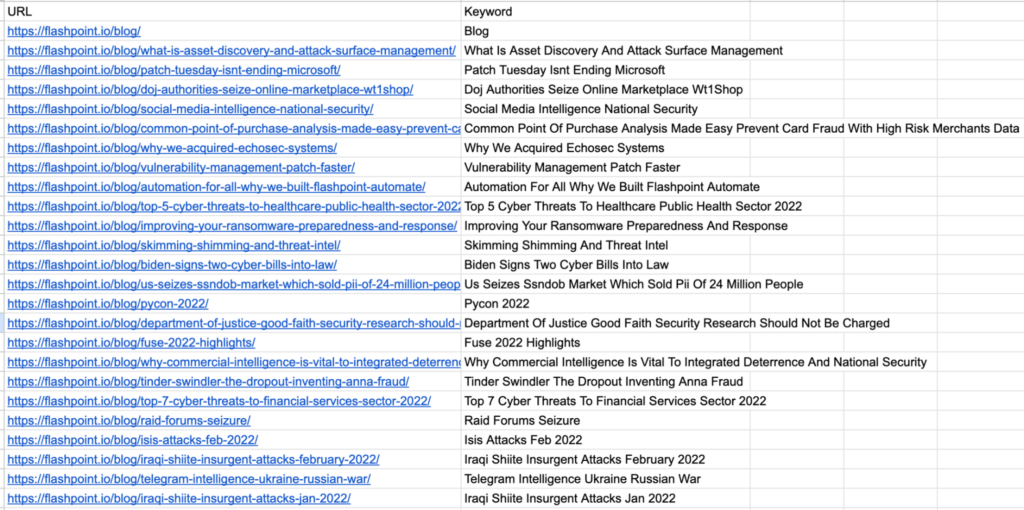
Now, we’ll skim through the keywords and trim some irrelevant ones, and proceed to the next prompt asking to group these topics up as per relevance.
Prompt 2
“Pretend to be a topical clustering expert and group up these content topics as per relevance. give each of the groups a name as per the topic of the group, and avoid any repetition of topics among groups. Make sure that the groups are not too broad. Also, make sure that the groups contain on average 30 articles in them.
Content Topics
<1st 200 content topics>”
Now, it’ll group the keywords and give each group a name, as instructed.
To keep the grouping accurate, we’ll feed 200 content topics per prompt. And once you’re done with the first prompt, take the topic groups into a sheet, and add 200 more to the list by this prompt-
Prompt 4
“Here are some more content topics to group up just the way you did. Put them into already created groups in the last result, and add new groups if needed.
Content Topics-
<200 more content topics>”
Now, it’ll add the new topics to the existing groups and will add more groups if needed.
Here’s what the topical groups look like now-
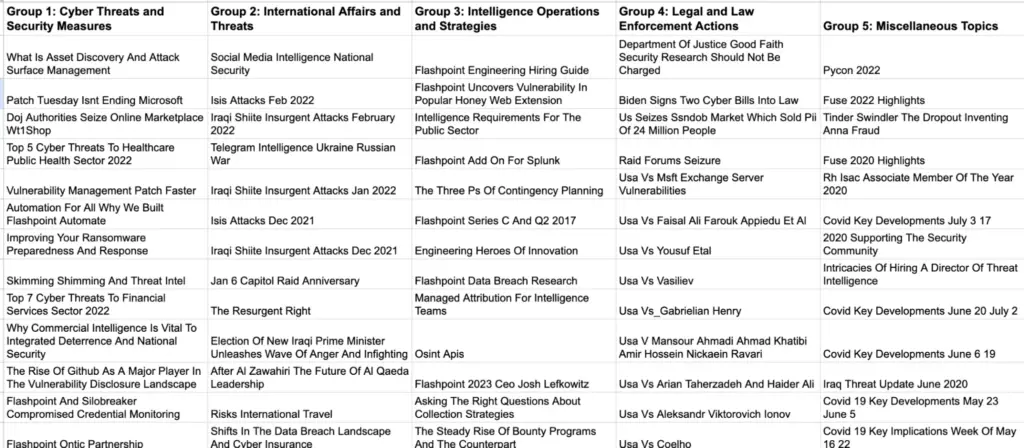
Keep repeating prompt 4 until the topic list is fully done. You’ll end up with very natural groups of topics with content ideas within each of them.
Step 2: Topic Clustering Using Keyword Suggestion Tools
Apart from the competitors, there are other sources to pick up topic ideas from. Keyword suggestion tools, competitor keyword data, and Google search suggestions are key sources for most websites.
At this step, we’ll collect some keywords like these, and try to align them with the existing topical groups.
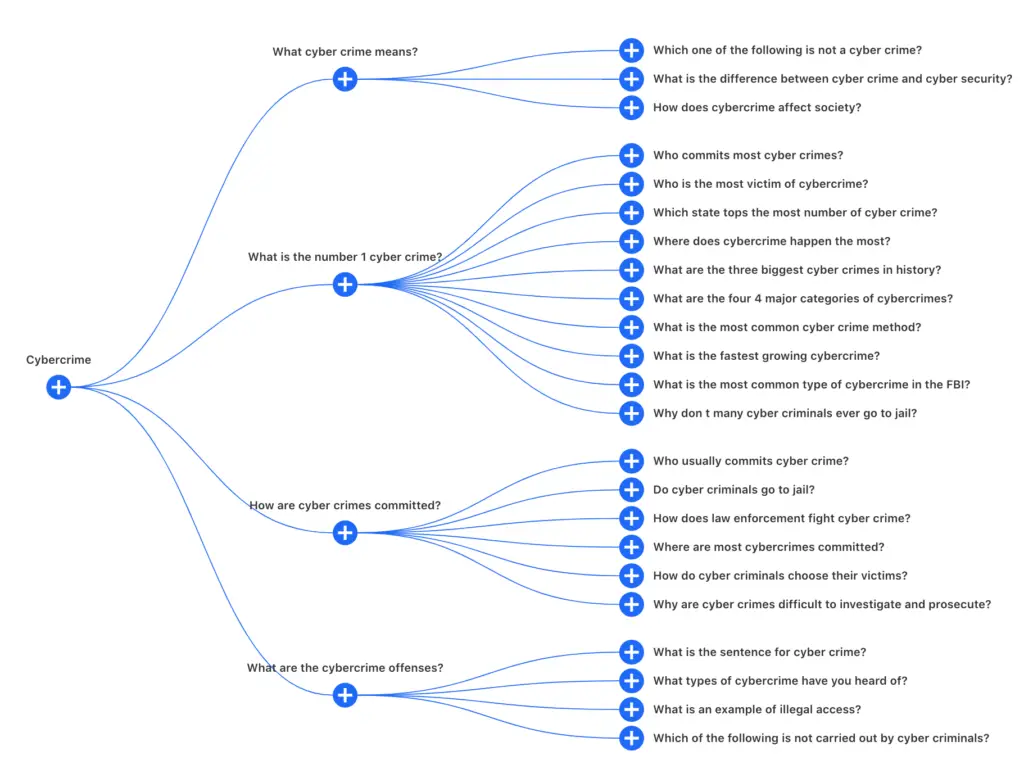
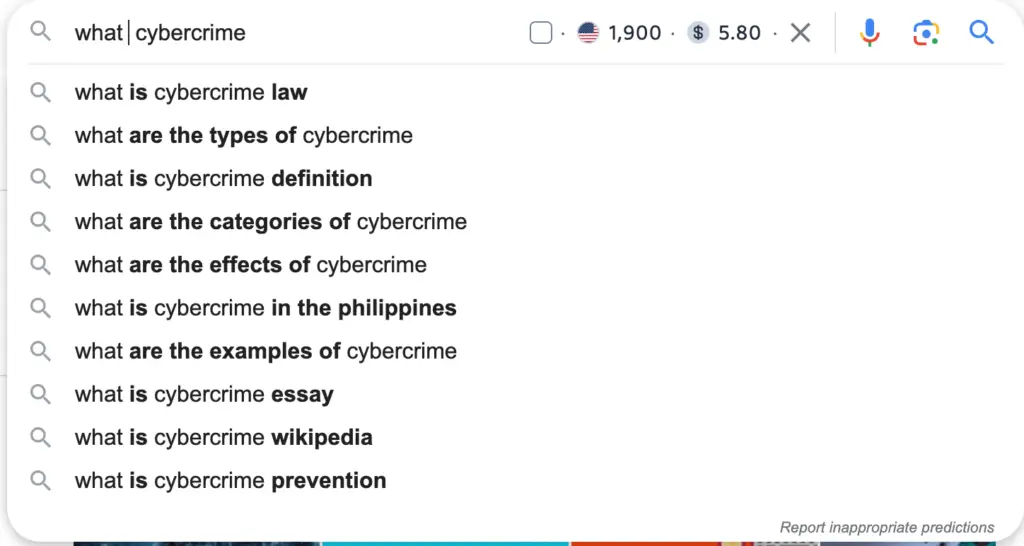
The prompt we used is still the same as the last one, which asked for putting the given topics into existing topical groups and creating new groups if needed.
Prompt 5
“Here are some more content topics to group up just the way you did. Put them into one of these following groups, and add new groups if needed.
Topic Groups-
Group 1:<name of the group>
Group 2:<name of the group>
Group 3: <name of the group>
Content Topics-
<keywords from search suggestions and other sources>”
Once done, pick up the topical groups and stack them on top of the previous data.
Step 3: Combining Steps 1 & 2 into One Topical Map
We’re done with compiling topics from two sources(competitors and keywords) into one set of topical clusters. Now, to avoid keyword cannibalism, we’re going to ask AI to merge any coinciding topics using this prompt.
Run this prompt for each of the content groups and it’ll end up in beautiful and unique content titles-
Prompt 6
“From the given topic list, create a list of unique content titles. While doing so, make sure that every content covers a unique topic and the content titles are catchy and descriptive-
Content topics-
<list of content topics>”
Now, replace the content topics from the sheet with the content titles we’ve got.
Once done with all of the groups, the final content clusters will look like this-
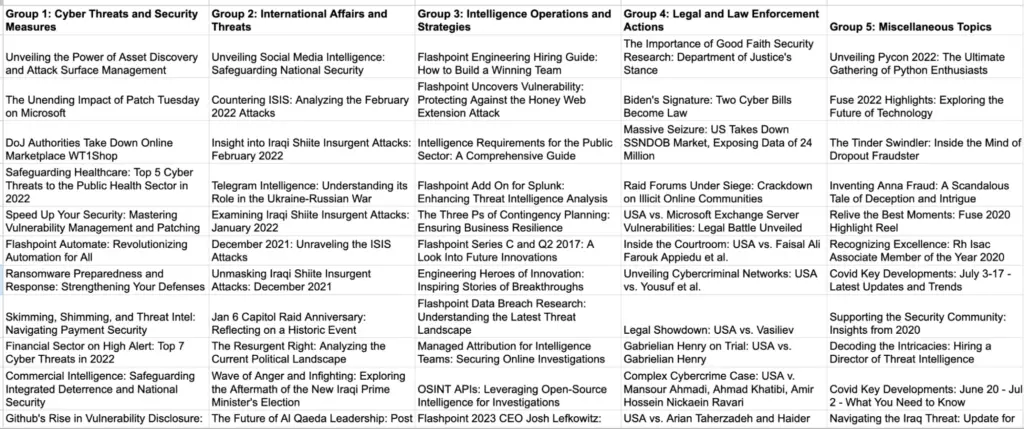
From here on, you can plan how to write content to create a base for topical authority. Also, you can interlink within the contents of the same groups, place relevant products, and much more.
Closing Words
Generative AI is at its very early stage of development. So, there are way more capabilities these tools will come up with, and we SEOs can keep finding more ways to elevate our E.E.A.T.
However, a fair warning is not to blindly use any AI-generated texts in your website articles without proper fact-checking. Because it can never produce information as authentic as a real human(with subject matter expertise) would do. At best, it can sound like the text is written by an expert.
Other than that, we can always use them as a co-pilot to find scopes of improvement for your websites, and for the business revenue overall.

